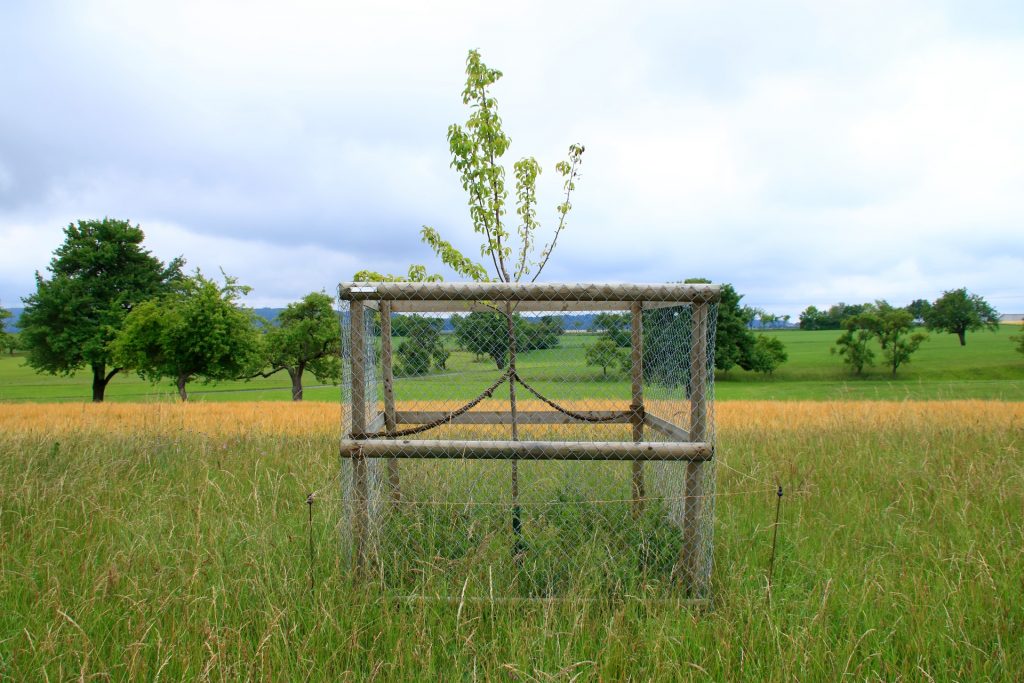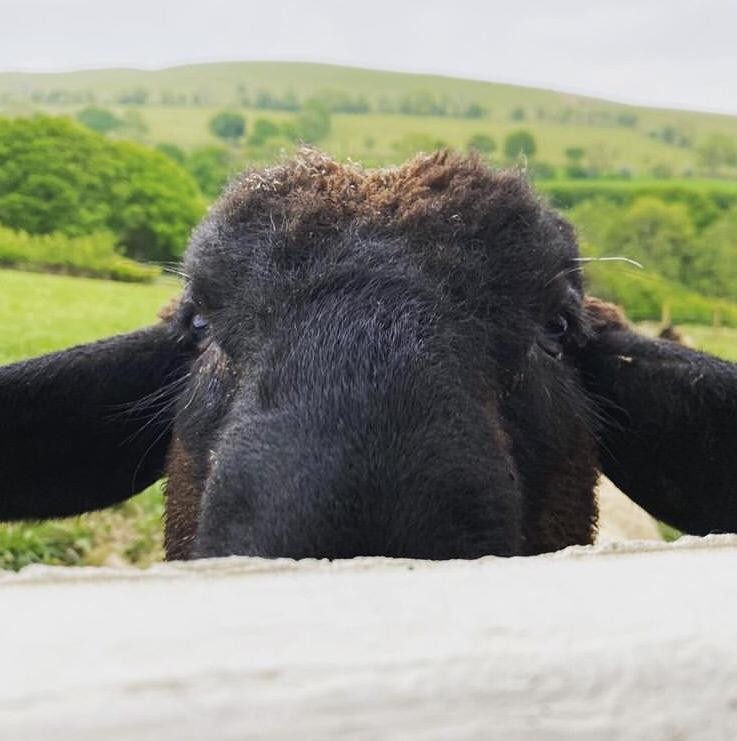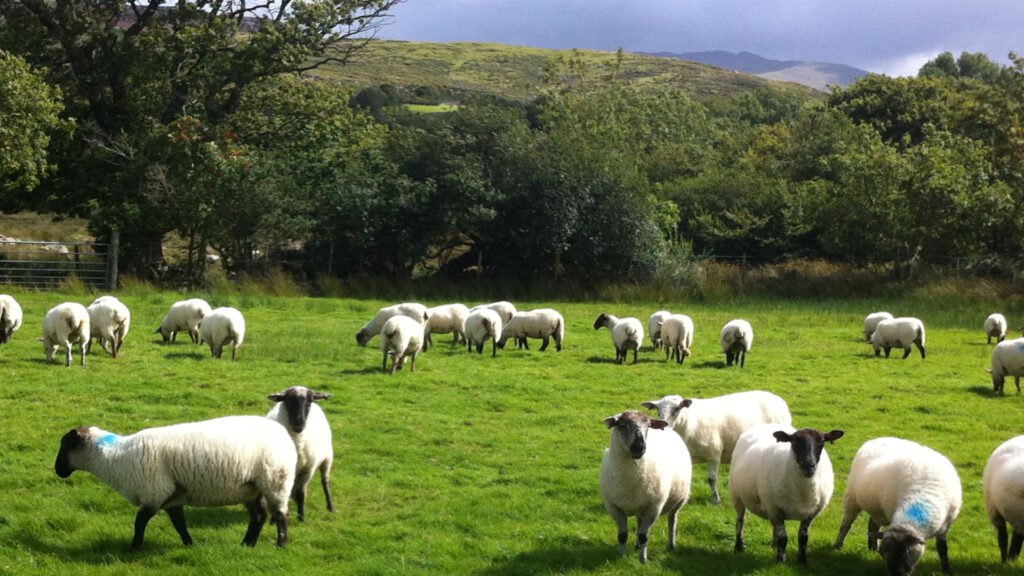It can be said that farmers and land managers are hesitant on the benefits of trees and hedges, and indeed past Government tax incentives have seen trees planted in locations which have been ecologically inappropriate. With farming incomes going through significant change, can trees contribute to the financial and environmental sustainability of the farm?
Wales is one of the least wooded countries in Europe with trees covering just 15% of the land compared to a European average of 37%. Welsh Government and Forestry Commission (now Natural Resources Wales (NRW)) over the years have produced an abundance of documents and policies regarding woodland creation which can be confusing. The main message is that the policy makers want more woods and trees. It seems however that the ambitions over the last 10 – 20 years have not resulted in significant increases.
Changes to the UK’s agricultural subsidy scheme may now give farmers and land managers more flexibility to make their own informed decisions about the merits of planting on their land taking into account factors such as food production, biodiversity, water management, carbon sequestration, landscape and recreation.
Terminology such as agroforestry and restorative agriculture can be off putting. Similarly, the emphasis on community involvement brings with it challenges and perceptions. However, when keeping an open mind, most farmers will find they are already doing the things that are described by this perhaps unfamiliar terminology.
Most recently launched by Welsh Government is the The Woodland Investment Grant aimed at the ambitious programme of tree planting in Wales to develop The National Forest for Wales.
There is support for woodland planning available online and through funded programmes delivered by different organisations –
- Coed Cymru (Welsh Woodlands and Timber)
- Coed Cadw (The Woodland Trust)
- Coed Lleol (Small Woods Wales)
- Llais y Goedwig (The voice of community woodlands in Wales)
In addition to advice on available grants and government incentive schemes, businesses such as Baileys and Partners are helping clients reflect on their Natural Capital Assets. Taking the time to help clients make connections between different elements of their farming and business enterprise.
How could your woodland or trees contribute to the financial and environmental sustainability of the farm:
- Glamping opportunity – treehouses or yurts in the woods
- Leisure activities – Yoga in the woods (the Covid pandemic has further pushed the demand for outdoor sports activities)
- Outdoor play spaces – back to nature experiences again have seen a boost in demand for families to have spaces to explore but within perhaps a known environment
- Outdoor gyms – Urban parks often have equipment or spaces set up for working out. NRW sites such as Newborough Forest have a Trim Trail which encourages and is an attraction for visitors to use. Combined with a parking fee this could be an income generator and also benefit local community health and wellbeing.
- Timber products – What value does your existing woodland have? Is their any timber that is ready for felling? Is there a certain tree that could be sold for a premium for furniture production? Do you want to use your own timber on the farm – within the farmhouse or for fencing etc?
- Non timber products – fungi, berries, even truffles? There is a growing market and demand for locally sourced products
- Carbon trading – Woodland carbon code and other schemes
- Upstream catchment management – Does your local area suffer from flooding, would upstream planting help?
- Tree nurseries – Could you be using your seed source to help restock other parcels of land on your farm or close by. The importance of native stock is gaining increasing recognition and there is currently a study being undertaken by Menter Mon to look at the feasibility of more tree nurseries in Gwynedd and Anglesey and what that would look like.
- Nurseries of a different kind – Ysgol Coedwig Cymru is a forest schools network for outdoor learning – again this type of learning may well see an increase in demand due to the Covid pandemic.
- Wildlife opportunities – linked with either day visitors or holiday accommodation guests. Wildlife viewing locations or indeed iconic species such as the red squirrel can generate income and add value to other products.
Often branding and making connections between different elements of the business can add value. Baileys and Partners can help your farming business do this – it might be a UK wide farm assurance label which is appropriate – such as Pasture for Life or it might be helping get your food products onto local shelves emphasising where they have been grazing – ‘Cig o Coed’.
Saltmarsh lamb has gained recognition for its unique taste, nutrients and provenance. Woodland grazing is a debated subject by ecologists and woodland managers but as with most land management activities with the right stocking levels and type of animal – it can be beneficial – indeed encouraged by some projects such as Celtic Rainforest project https://celticrainforests.wales/conservation-grazing Now there is a thought why not let the consumer know the beef or lamb they have consumed helped to support a precious habitat such as the Atlantic Oak woodlands (Celtic rainforest).
We hope to be able to share news about current work with clients in future blogs and indeed we would love to help others with discovering what could be done with existing woodland or new woodland, if this is of interest then please get in touch with Ed Bailey and his team on 01341 241700 or enquiries@baileysandpartners.co.uk







